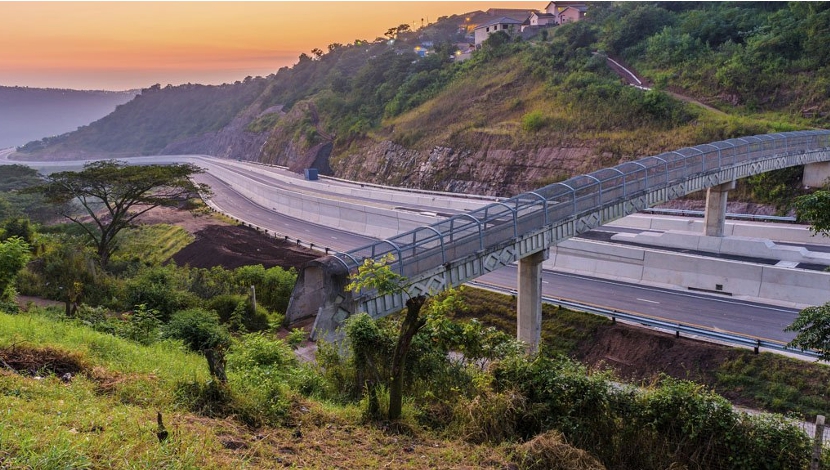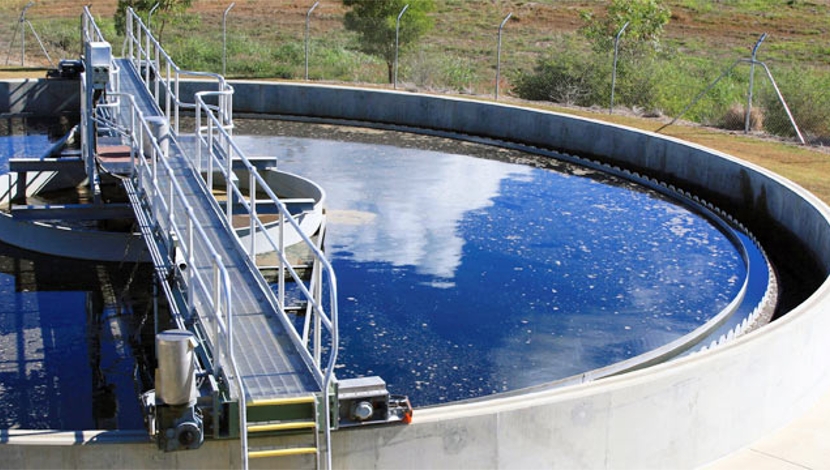

Engineering and project management consultancy Royal HaskoningDHV South Africa was awarded the South African Institution of Civil Engineering (Saice) Durban branch’s prestigious technical excellence award last month for the design and construction of Main Road 577 (MR577), with Saice calling it “Durban’s best kept secret”.
Out of the public eye, about 10 km inland from the coastline, the six-lane MR577 is a 14-km-long road that provides a fifth main crossing of the uMngeni river. The route was developed to provide critical access for local residents in Inanda, Ntuzuma and KwaMashu to jobs and commercial activity in New Germany and Pinetown.
Royal HaskoningDHV South Africatransport, aviation and planning construction management principal Gary Swartexplains that north-south transportation in Durban has historically been constrained by the uMngeni river, with a traffic blockage on any of the four existing crossings – the M4, M12, R102 and N2 – resulting in congestion throughout the city. The MR577 will not only help to alleviate this but also offer a second route to King Shaka International Airport, completely independent of the N2.
Royal HaskoningDHV South Africa sector consultant Brian Downie notes that the project has spanned nearly 20 years.
In 2003, RoyalHaskoningDHV was appointed in JV with consulting engineers Henwood & Nuxmalo as project and construction managers. Construction started in the north progressing southwards, and construction of the uMngeni viaduct began in 2008.
Swart says the design of the road was fraught with technical complexity, as the route had to rise at an average grade of 6.2% along the KwaDabeka tributary of the uMngeni river and then into New Germany.
Further complicating the process was the addition of bus rapid transit (BRT) lanes on the MR577 as part of the eThekwini integrated rapid public transport network.
The result was a two-lane: four-lane, split-level dual carriageway, with the dedicated BRT lanes separated from general traffic by reinforced concrete traffic barriers, owing to the curvilinear alignment on steep gradients.
To accommodate the alignment of the carriageways, a rock slope cut at 63º to the horizontal along the eastern side of MR577 was carried out, with resulting cut slopes varying between 15 m and 72 m with many erosion gulleys, Swart notes.
Various protective measures had to be implemented to guard against rockfall from the steep natural slope during this process.
Swart and Downie stress the empowerment aspect of the project. With the KwaZulu-Natal DoT and the MR577 project’s liaison committee, a centre was established to provide construction-related skills training to help members of the surrounding communities use their newly acquired skills to develop small businesses.
The contract participation goals (CPG) target was specified at 10% of the contract value, but a CPG value of 42% of the contract value was achieved.
A total of 637 local community members were employed and a total of ten local subcontractors were appointed during the project.
The route also features eleven pedestrian bridges that were built by emerging contractors.





